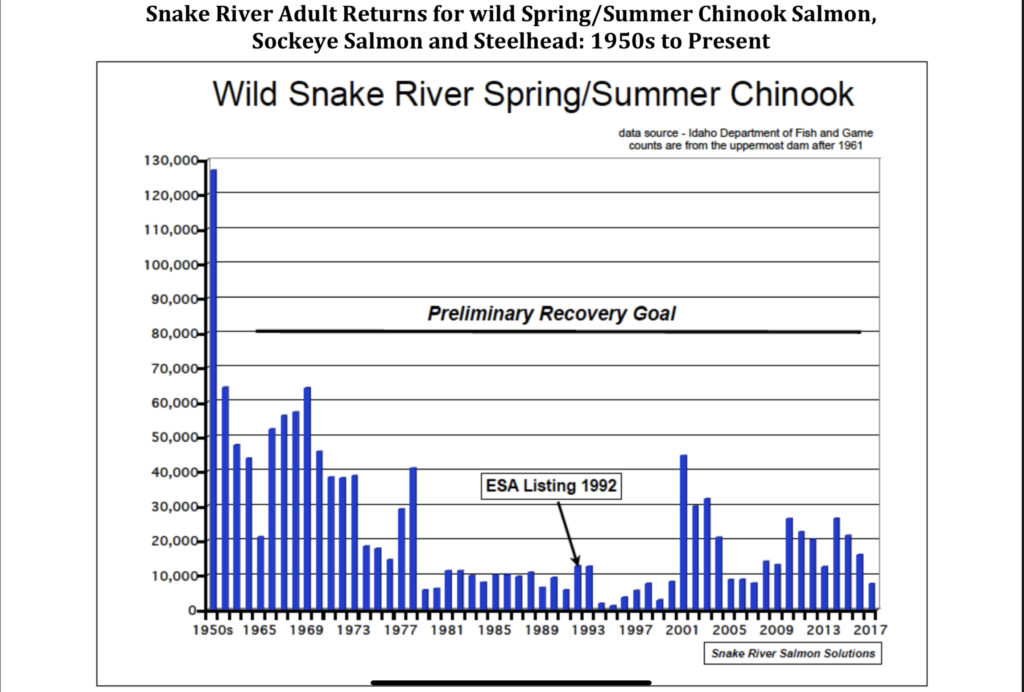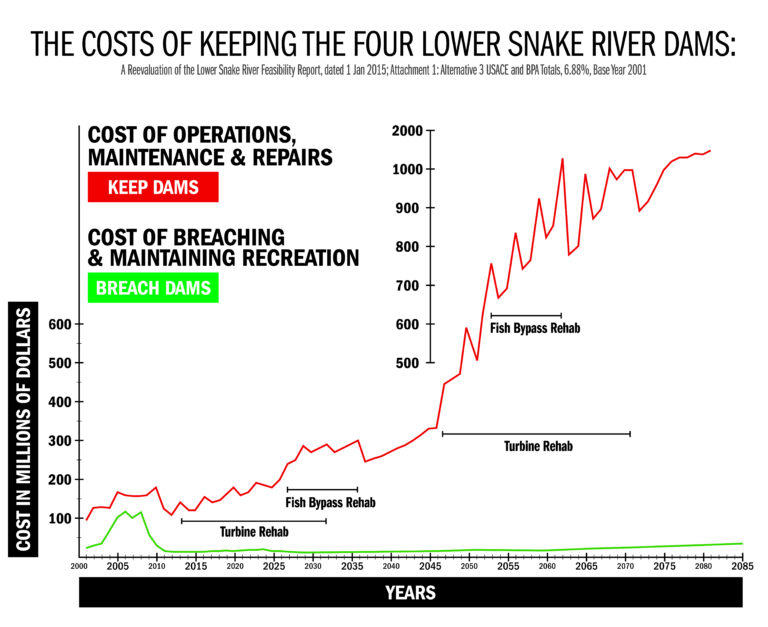Did Anyone Think Ahead?
This article will shed light on some problems and dynamics of the Pacific Northwest and its electrical grid. Many compounding issues that were unseen decades ago are coming to a point today. Resource consumption and power generation will need overhauls and citizens of the PNW are under serious threat. Some of these outcomes can be analyzed and mitigated if action is taken. However, the effects of multiple problems at once requires preparing and hedging so our communities can be safe and secure. Currently there are options for homeowners that can save them money and keep their families secure from the unknown. Together we can improve the fate of the PNW.
Land of Abundance
The Pacific Northwest has been blessed with plentiful resources. When settlers first arrived, they thought the land was so bountiful that it couldn’t be depleted. One of the most impressive resources was the Columbia river. It offered food and travel and most indigenous populations lived along the banks. The rivers here were utilized for power in the mid 20th century. The Bonneville dam being the first finished dam on the Columbia river in 1937. This created amazingly cheap power for the PNW and people were able to power their homes and develop the PNW to what it is today.
The Drawbacks
With the many benefits of cheap power and technological progression, there have been many drawbacks to the adoption of hydropower in the PNW. Salmon populations have dwindled and ecosystems have been impacted by the change of the river. Extinction of Salmon will have a variety of serious consequences because they are an important species in the food chain. Salmon are also important for most other animals’ ecosystems in the PNW. They provide ocean nutrients to inland forests, are part of the coastal economy, and are an important part of indigenous culture.

Are Dams a Money Pit?
This has created a dynamic with conservation groups, different levels of government, and the Bonneville Power Administration. According to studies presented on damsense.org the BPA is $14.5 billion dollars in debt. The majority of these costs are due to salmon recovery costs and to maintenance/ operations of the dam. This is a striking quote from Dam sense, “Last year (2019) BPA had to borrow 429 Million from the federal government to cover costs after spending over a billion on fish mitigation and recovery in a single year. Not one run has recovered in over 20 years.”

The BPA plans on raising rates to cover these costs. So people in the PNW are paying for electricity to cover the dams’ non-working salmon recovery. Furthermore, they are paying for it in taxes. Twenty-two percent of fish mitigation and recovery costs are paid for by federal taxpayers as a credit from the US Treasury. Something needs to change to help the fate of the salmon.
The Fate of Dams
Dams do not last forever and the average lifespan of a dam can range from 50 to 100 years. After that the costs become greater to keep them running. Damsense.org claims the cost of keeping these dams running outweighs the benefit of the dam. A very surprising issue is that we are also running out of material to create new dams and maintain old ones. Quality concrete requires quality sand, usually from river beds. The world has developed so much and used so much of this sand that there is actually a black market for sand. ABC.net and National Geographic both write about the rise of the sand mafia.
So if we cannot build new ones, what is happening to the old ones? They are being removed. Shockingly, if you visit Americanrivers.org you’ll find that 69 Washington dams were removed in 2020, reconnecting 624 miles of rivers nationwide. They claim this will lead to “Increased federal investment in dam removal, river restoration would boost the economy, benefit communities”.
Should They Stay or Should They Go?
What happens if we keep dams? The PNW will face large costs called externalities associated with loss of salmon and dam upkeep. Externalities are costs that aren’t included in a product but still occur, like environmental clean up costs or impacts to people’s health that they will still have to pay for.
What happens if we remove dams? There will be Benefits to the environment and saving money on pointless infrastructure maintenance. The catch is, we either need to cut down how much energy we consume and change everything about our lifestyles, or we will need something to replace our power generation.
The Solution
This is where solar power comes in. Solar has become increasingly accessible in the PNW. Utility bills always go up regardless of all these issues but they will have to jump in price with the entire grid needing overhaul. Or you could have your own power generation straight on your house. A solar bill never goes up, goes away, and builds equity. A normal utility bill does the opposite of that. Since solar never goes up and the bill eventually ends, then you’ll be saving yourself from the expenses of the future.
We know electricity costs will increase, but it could be way worse than we imagine. So if you can lock in your rates you are doing a lot for yourself, your family, your wallet, and the environment.
Not only is solar more accessible in general, but with Sustainable Solutions Advisors, we have driven down the costs even more. We offer the best products for the best value because we eliminated much of our overhead and are driven by saving people money. We don’t sacrifice quality and if you want the best, you can’t find it cheaper anywhere else. It’s very easy to give us a few details and then we can create a design for you and talk numbers so we can help you prepare for the future. The fate of your power is in your hands and together we can change the fate of the PNW.
